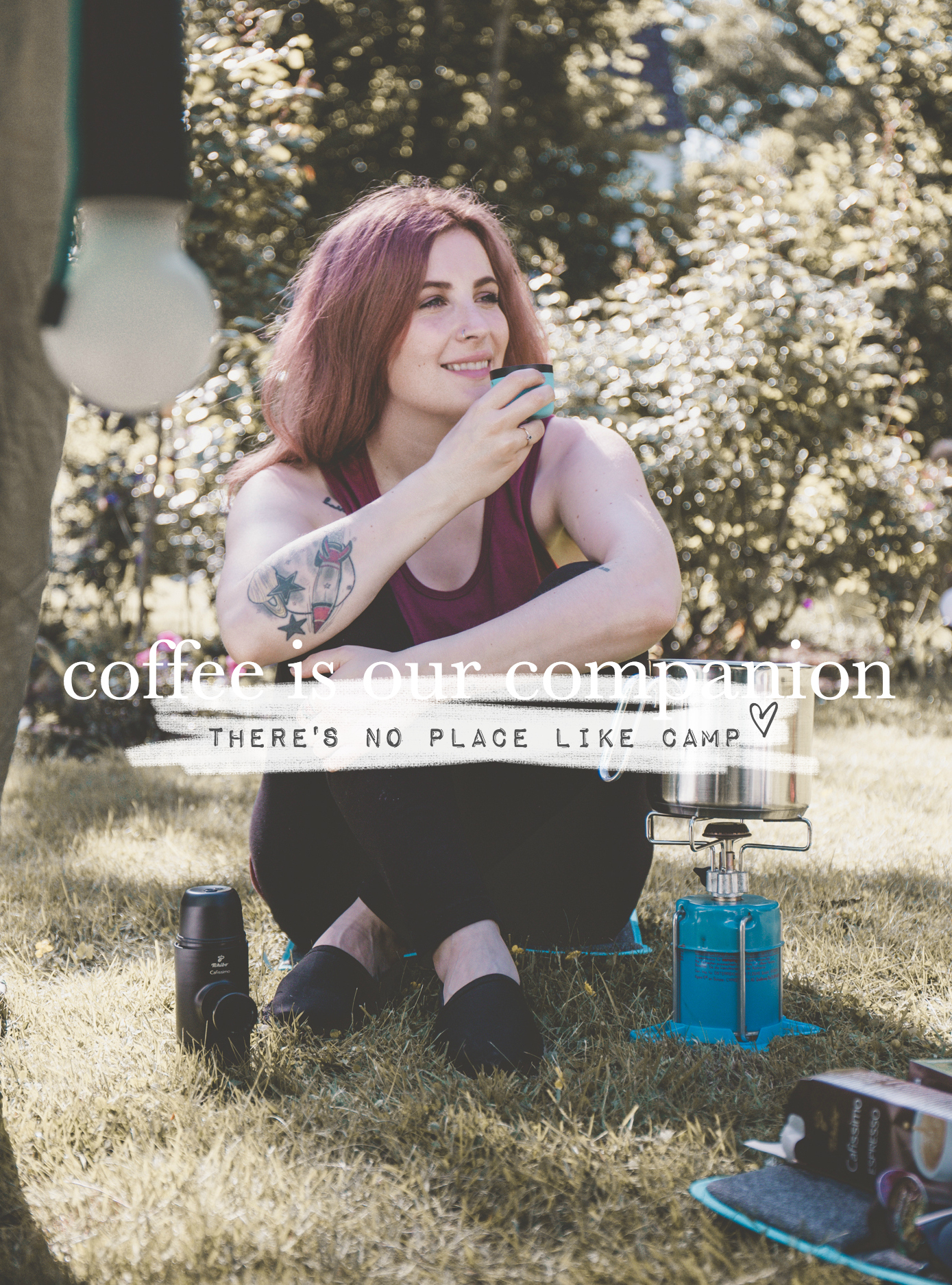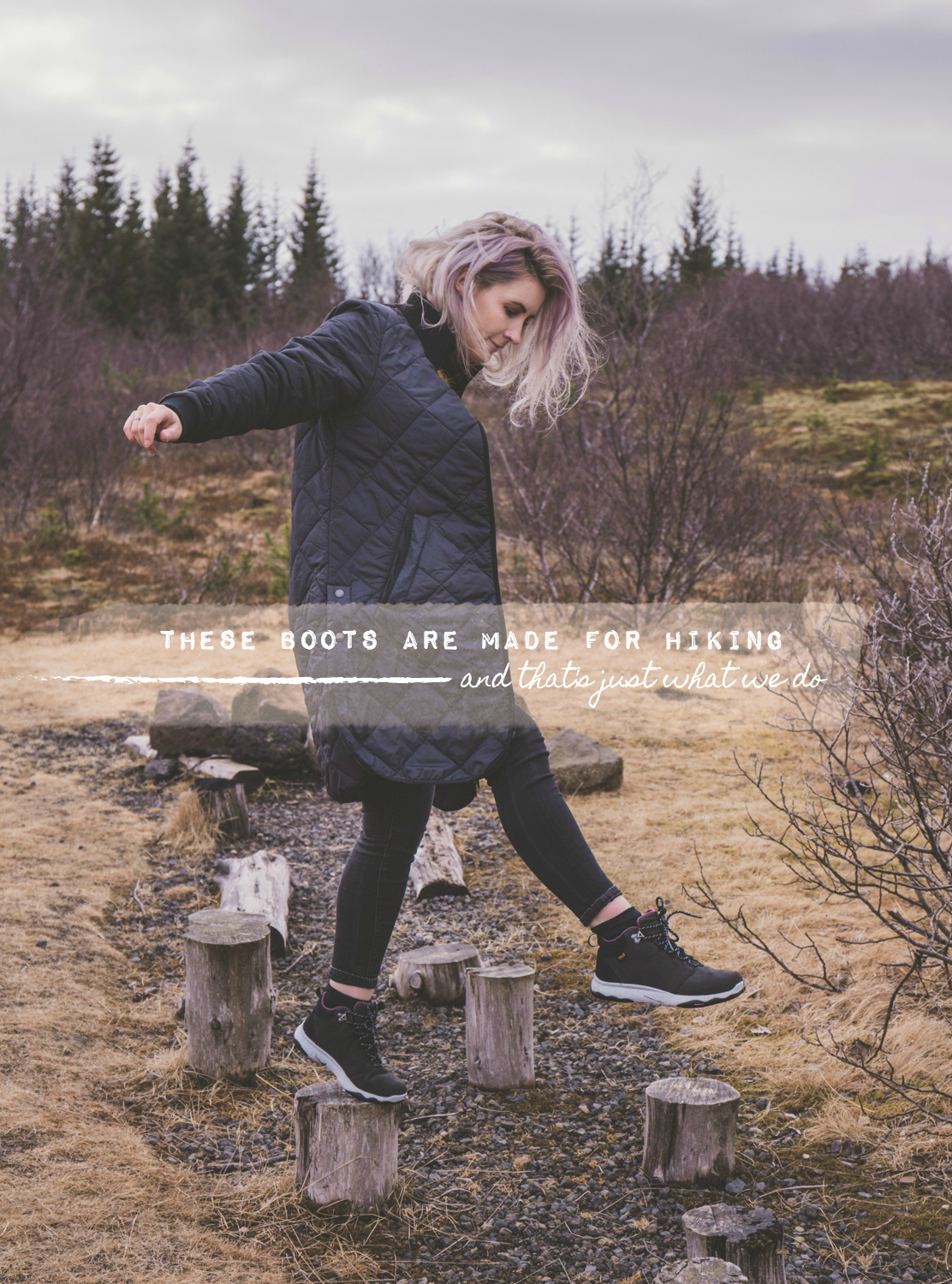Day Trip Series: Reykjanes peninsula (winter edition)
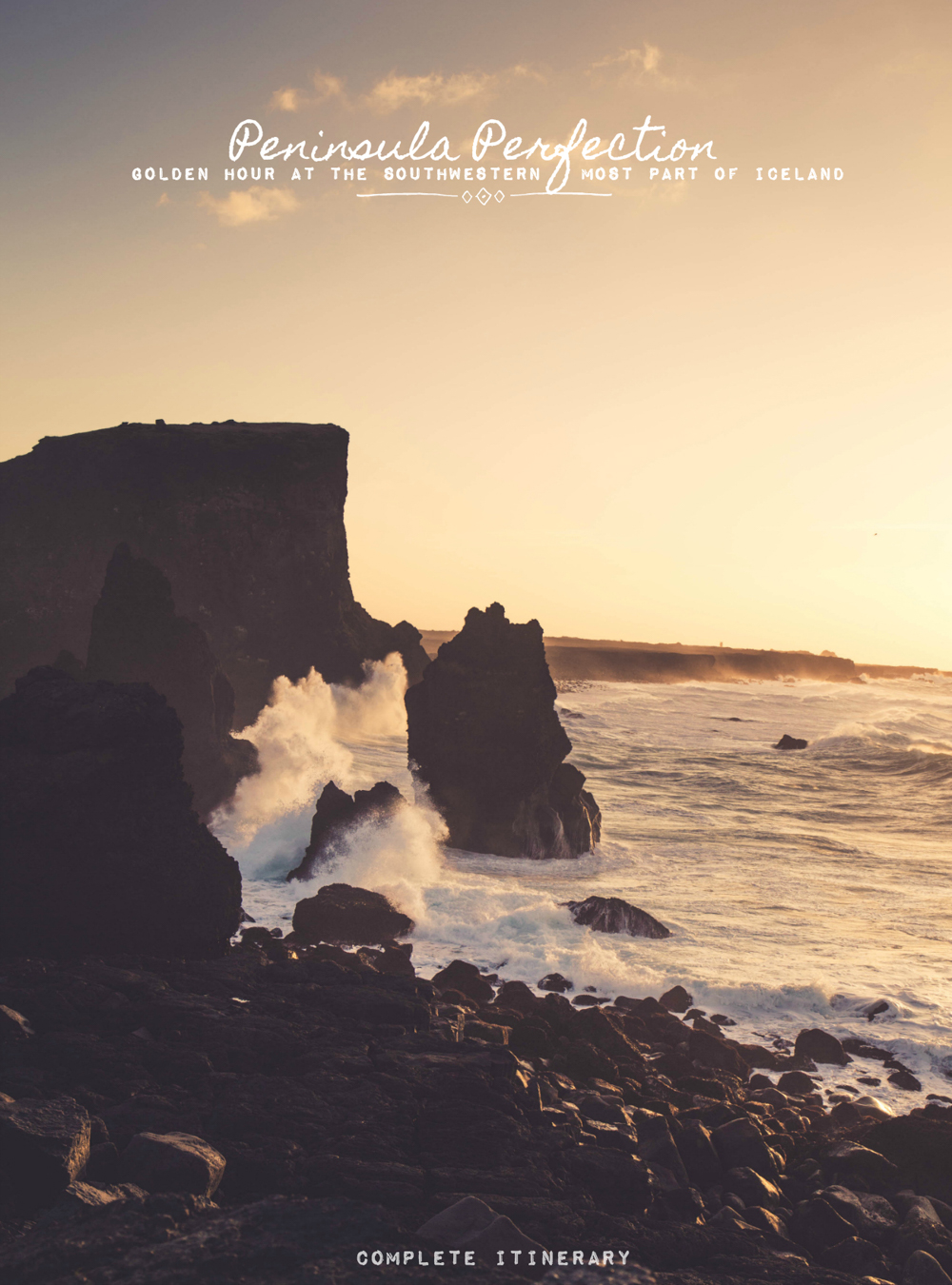
Photographed on Reykjanes peninsula, Iceland
The perfect Reykjanes day trip itinerary for winter.
Welcome to Reykjanes peninsula - one of the most underrated parts of Iceland and at the same time one of our personal favorites. We just installed a new series here on Dear Heima where we will introduce you to the perfect day trips (starting from Reykjavik), both summer and winter edition. Today, we're gonna kick off this brand new series by chasing golden hour together which we personally think you can do best on Reykjanes and during the winter months.
Winter in Iceland is a time of gold, literally. People will tell you that Iceland in winter is nothing but dark and gloomy, but well, they are wrong. Spring is the time of storms and hail, of grey skies and foggy mornings. But the middle of winter (mid of November to mid of January) and therefore the time with least daylight is the most colorful and dreamy time we know. From sunrise around 11am until sunset around 3:30pm the sky is a magic show. From rainbow to liquid gold then back to rainbow you will witness spectacular views for those little more than for hours. Since the amount of time is that limited we suggest you to stay in Reykjavik during winter and opt for easy day trips where you don't have to drive for hours and will still see a lot of beauty. Reykjanes peninsula being one of said trips. Make sure you get a suitable car (either a 4x4, if that is too expensive then make sure the car you go for is equipped with winter tires) and always check the roads and weather before you make you way out of town. Vedur.is will tell you the exact forecast for the day and road.is will inform you which roads are closed and which ones are icy/snowy or otherwise hardly passable. The good thing about Reykjanes is on one hand that the roads are almost always free since it's the way to the airport and on the other hand that most of the sights are inland or on the western coast so that you never get hit by possible storms THAT hard. But lets map out the perfect road trip for you to go on when chasing gold on a sunny winter day on this amazing peninsula:
Try to hit the road around 10am so you can witness the beauty of sunrise in its entirety and will reach your first destination when the rays of sun start to hit the ground. As a first stop we would always suggest the Blue Lagoon. Even though we are no fans of how crowded the bath is by now and how expensive the tickets are we LOVE the area and the amazingly beautiful color of the water. If you want to indulge in some warm, clay ground, turquoise perfection then pay the 50-80 bucks per person and enjoy two hours of relaxation (with hundreds of others) or - if you prefer peace and quiet over everything else - do it like us, opt for other geothermal hot springs and only admire Bláa Lónið from the outside. You can take a nice little walk along the blue water outside the pool walls or - if you are craving a delicious (yet admittedly highly expensive) meal then sit down in Lava restaurant, order the blue mussels and one of the overly delicious desserts and look out onto the water and lava fields. We don't really stop at the Lagoon anymore whenever we go for a trip on Reykjanes but we ALWAYS drive the slightly longer route to drive past the water - when the sun rises and the first light of day hits the black stones and turquoise little rivers it truly is a magnificent view.
Next you will pass the town of Grindavík and then we suggest you make your way to the tip of the peninsula since there is so much to see and enjoy, especially in winter. We always pay the area of Reykjanesviti - the lighthouse on the very tip of Reykjanes - a visit. The first ever lighthouse in entire Iceland was built on Valahnúkur - an incredible cliff of tuff layers and volcanic origin - and after an earthquake almost destroyed it it's been rebuilt on Bæjarfell - the little hill it is still standing on, today. You can drive past the lighthouse and make the few hundred meters to the coast by car - there you have an absolutely SPECTACULAR view! The waves are crashing violently against the shore and with the sun hanging low and the light being so incredibly warm it looks like the ocean would be liquid gold - we are not exaggerating! It's usually very windy out there so bring warm clothes, a hat and good shoes and try to stay away from the edge. We saw people climb down and ridiculously close to the ocean and waves - that's just madness and unnecessarily risking your life. But you can walk along the paths that are leading along the shore and cliffs and if the weather allows it even take the little hike up to Valahnúkur. But please be careful - when we made our way up the 43 meters on the small and steep walking path we had to crawl the last meters and were very grateful that we actually made it back down - there isn't too much space to stand on and the wind is intense. But the view… OH the view. It's breathtaking! The waves, the shore, the sunlight, just everything. We highly recommend to NOT go up when there is just the slightest bit of snow and ice, though. Slipping there won't lead to any good...
The entire area of lighthouse and cliffs is called Reykjanestá and marks the southwestern most point of Icelandic mainland. Even more southwestern is only Eldey - a tiny island (or rather rock) that you can spot from the cliffs.

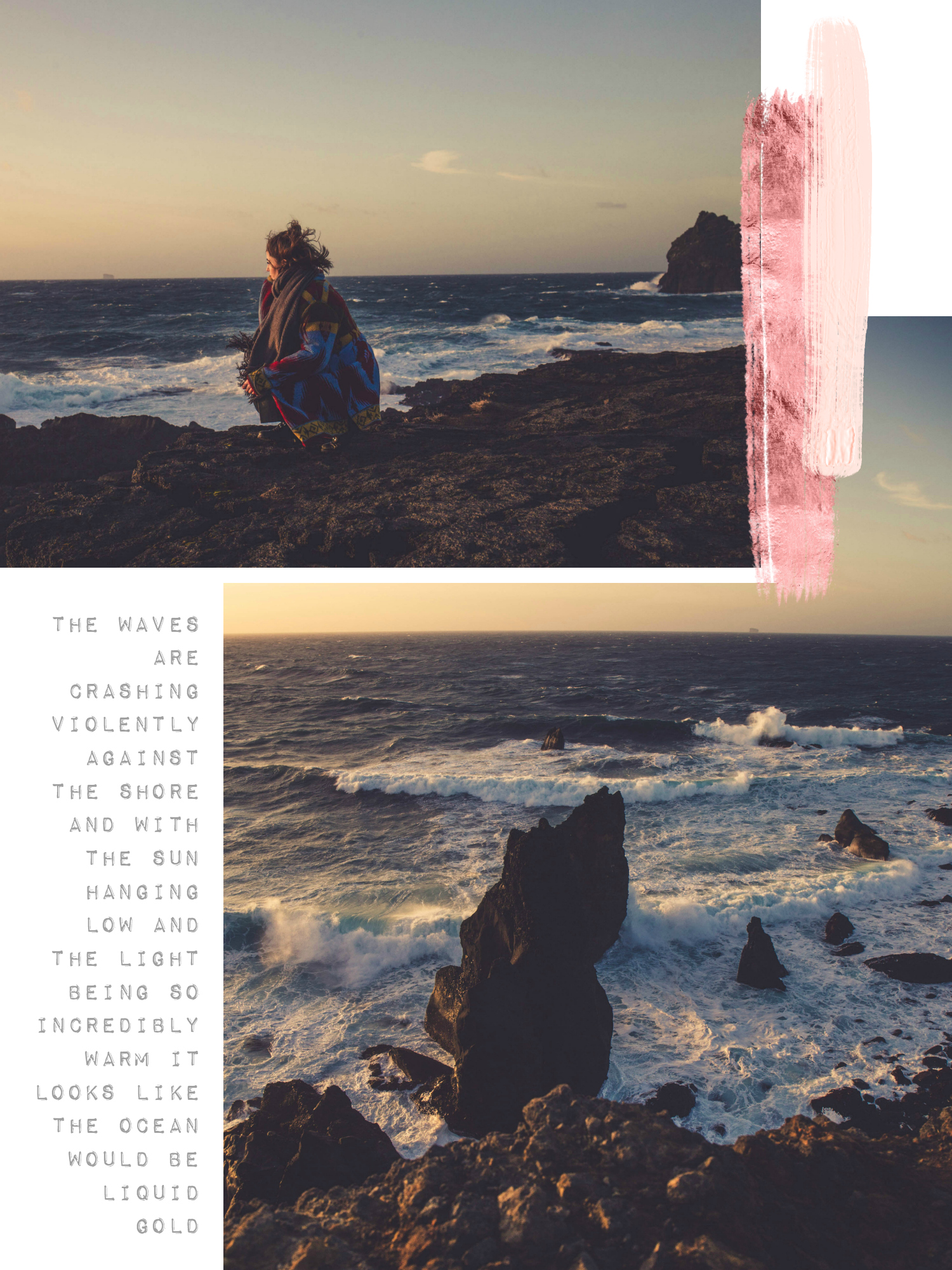

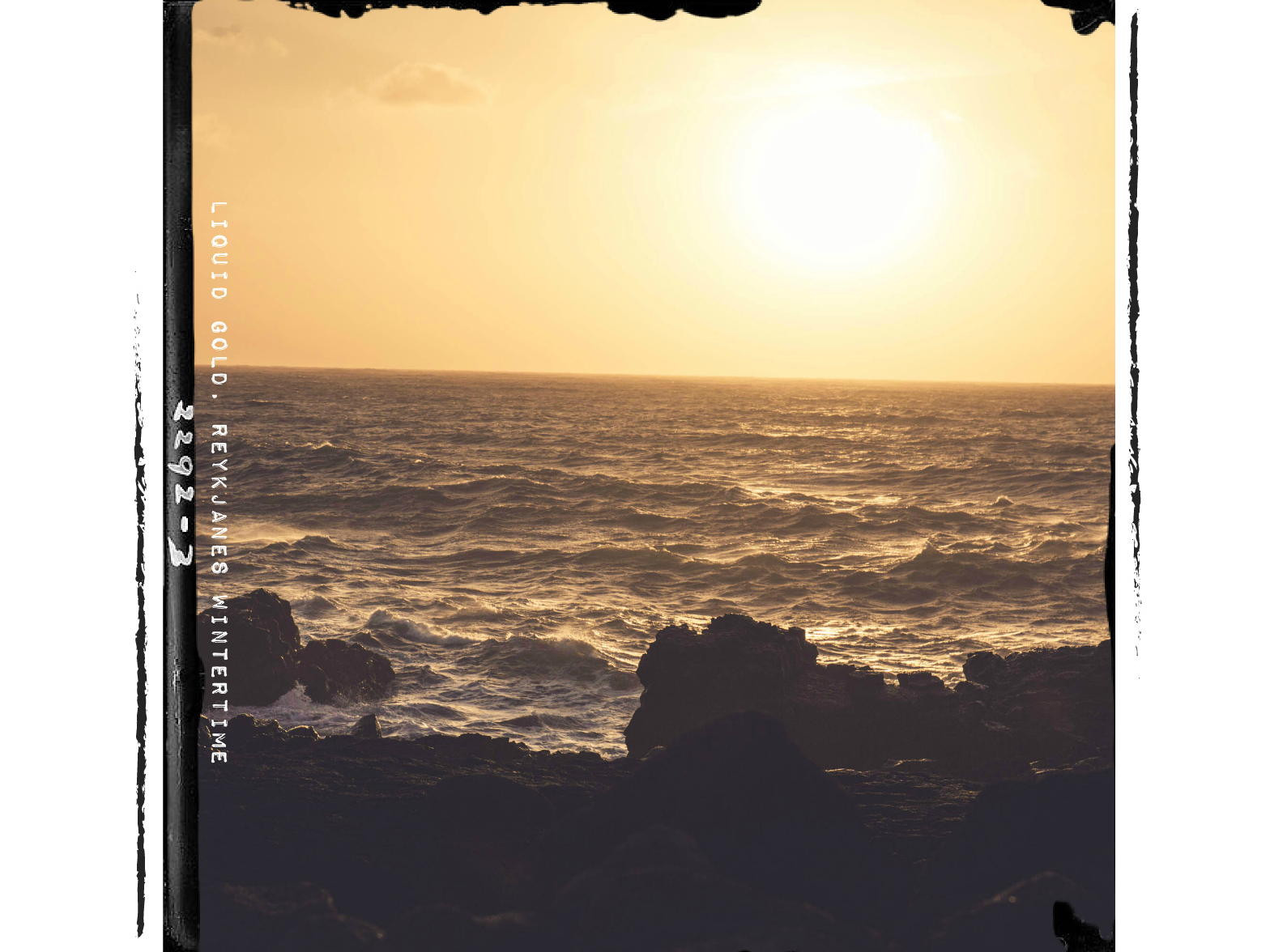
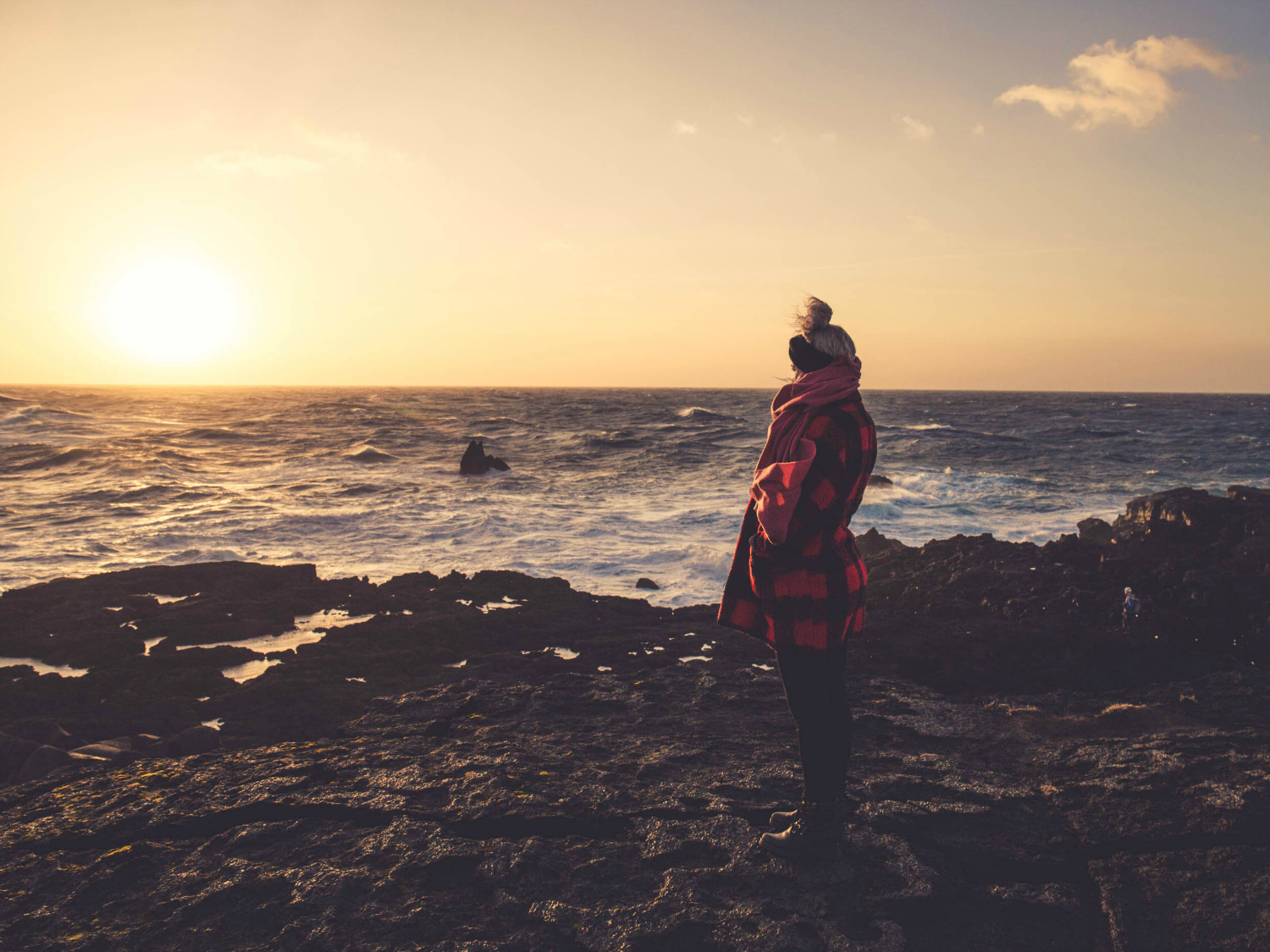
When you are done gazing at the waves, climbing up the rock formations, exploring the lighthouse and staring at the wild sea be sure to drive back where you came from for five minutes to then make the turn to Gunnuhver hot springs. The geothermal area is often overlooked and people rather spend their time at the Geyser (we get it, it erupts!) but we promise Gunnuhver also is a great place to stroll around. Boiling and bubbling mud pods and tons of steam make the area a somewhat outer space experience. There's hot water constantly blowing out of a hole in the ground leaving the entire place forever foggy and mystical. Legends say the supposedly witch Gudrun became a ghost after her death 400 years ago and terrorized the inhabitants of the peninsula until a priest trapped her spirit in the biggest of the boiling pools. ;) You can easily access the hot springs, there is a little parking space and wooden ramps over the hot ground so you can go for a quick walk and stop at one the viewing platforms. A little head's up, though: at Gunnuhver hot springs the smell of sulphur is intense and if you can't handle the odor of rotten eggs then maybe rather have a look from afar. :)
The next stop would have to be Brimketill. It's another 10min drive back in direction of Grindavík and another viewing point we recommend as a must see. Try to spot the red sign that says Brimketill - it leads you to a small parking space. From there it's a two minute walk up to the cliffs where just recently a viewing platform has been installed. The view over the ocean and along the shore during the golden hours of winter daylight is incredibly beautiful. It's nothing but the open Atlantic Ocean, pitch black lava, impressive cliffs, MASSIVE (!) waves and of course 'Brimketill' itself - a natural rock formation that looks like a perfect, man-made pool right at the edge of the ocean. Story says that a troll woman called Oddný used to take her baths in there. A great spot for feeling free, taking a deep breath and maybe even accidentally get soaked in salty sea water. ;)
If you take your time to really explore all these spots it will most likely be somewhat around one o'clock and you might be quite hungry by then. Our personal tip is to stop in Grindavík and pay Bryggjan (Miðgarður 2a) visit - a cute little café directly at the harbor. It's not overly expensive, uniquely cute with it's old fishing town interior, offers really good homemade cake (go for the merengue!), fish or lobster soup and sandwiches. Take your time and let it slow you down, it's a great place to relax and ponder over all the beauty you have just seen until you head out to the second part of your winter day trip adventure. :)
From Grindavík you make your way to Krísuvík/Seltún/Kleifarvatn. In summer there are quite a few more stops on that part of the peninsula, like Krísuvíkurbjarg (incredible cliffs with impressive birdlife) or the ruins of Selatangar but getting there already requires a 4x4 during summer and is really not recommended in winter. So for now your first stop would be Grænavatn (a volcanic crater lake) which has the most unbelievable turquoise color due to the algae that grows in it. From there it's only a two minute drive to the parking space at Seltún (often referred to as Krísuvík, even though that's just the name of the abandoned farm close by) - yet another geothermal area with steam rising out of the ground. The mud pots are rainbow colored and you will find pastel yellow, pink and green, deep reds and crystal clear boiling water. Wooden walking paths cover the entire area and make for a nice 15min walk. Since the ground is really, really hot we recommend not leaving said paths. Its smells a lot like sulphur here, as well but way more bearable than Gunnuhver. If the conditions allow it you can also follow a quite steep path up a mountain where you'll find an entire field of steaming, boiling, open ground. We love it up there, the view is awesome and we most of the times have the entire place to ourselves.

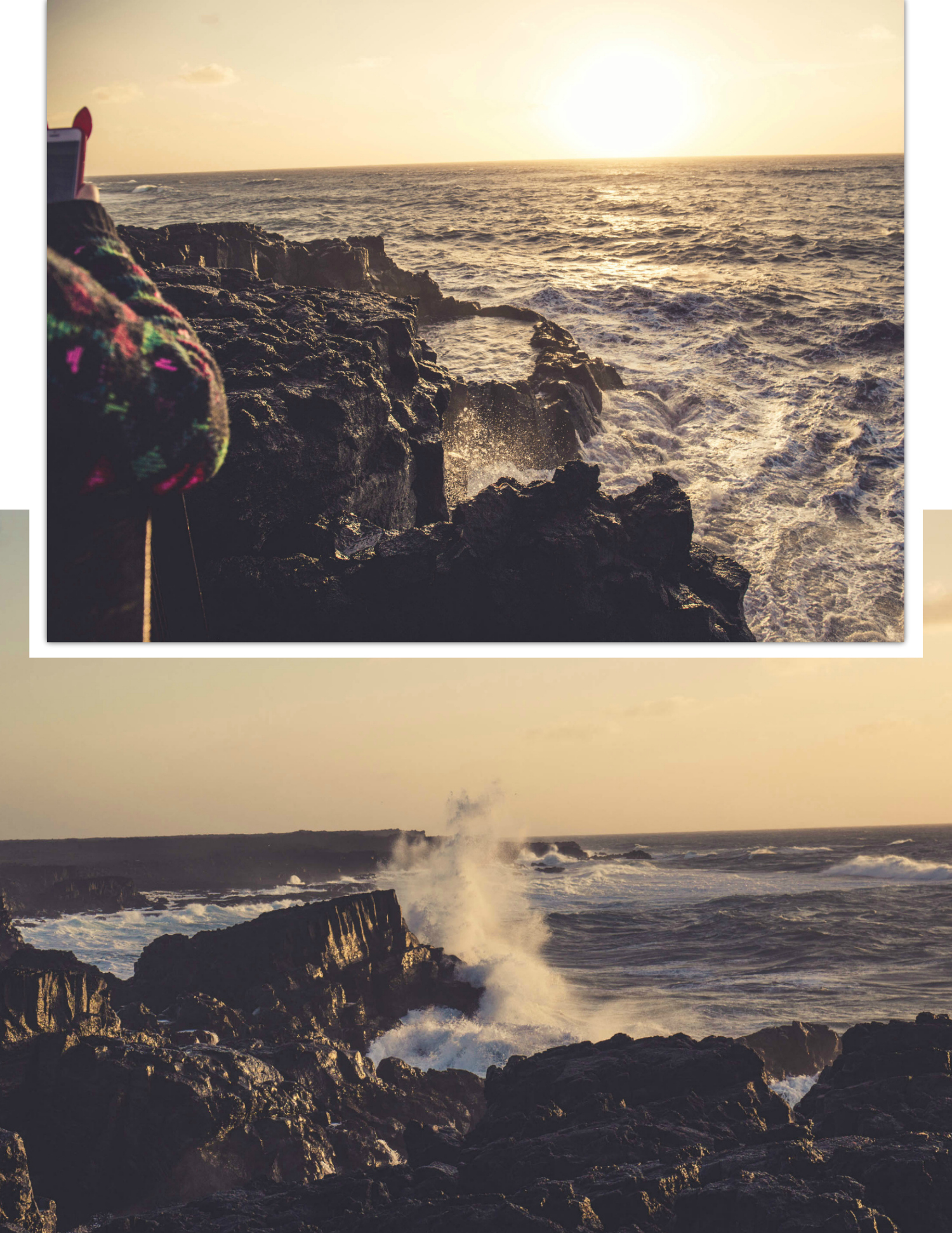

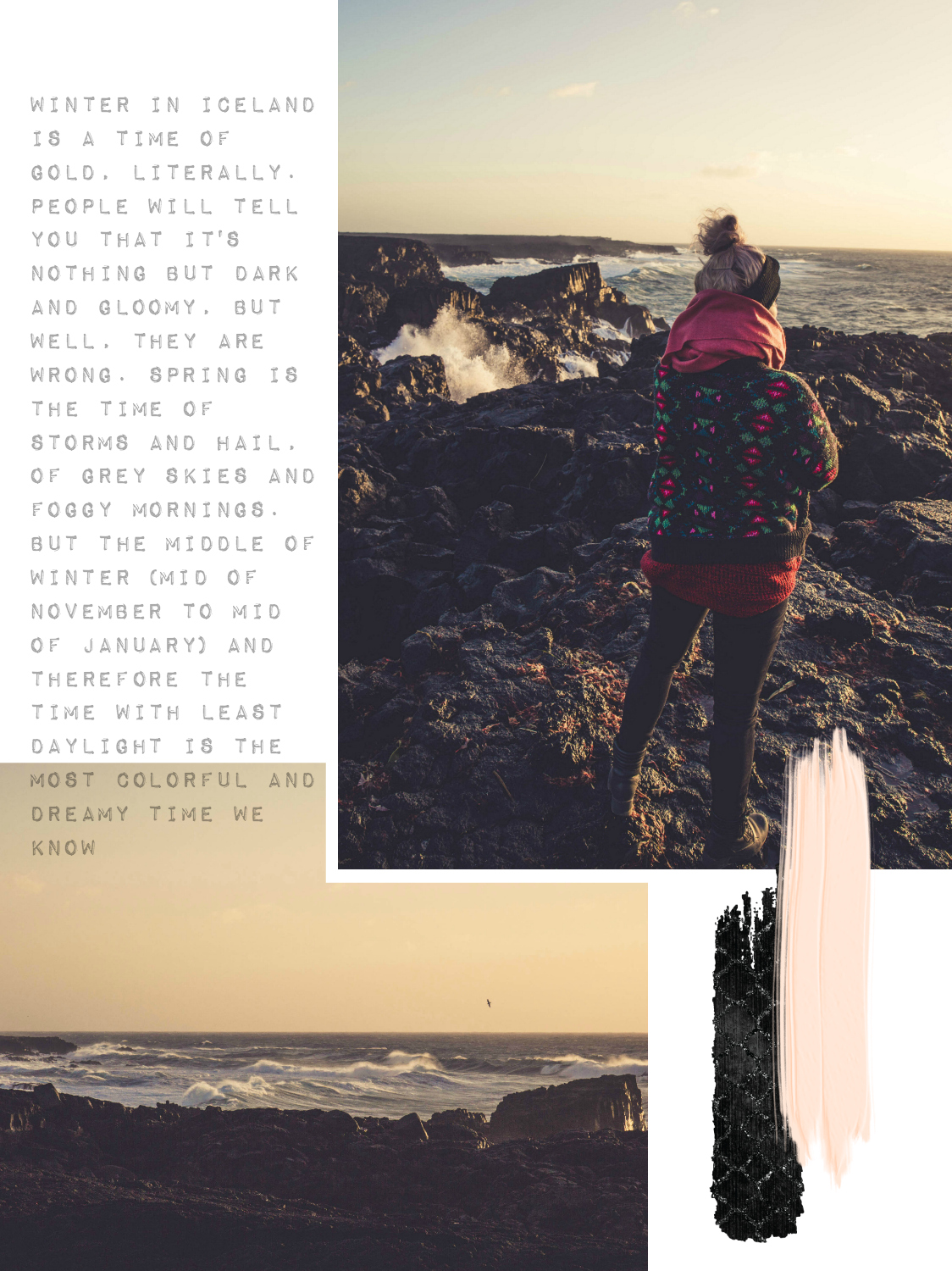
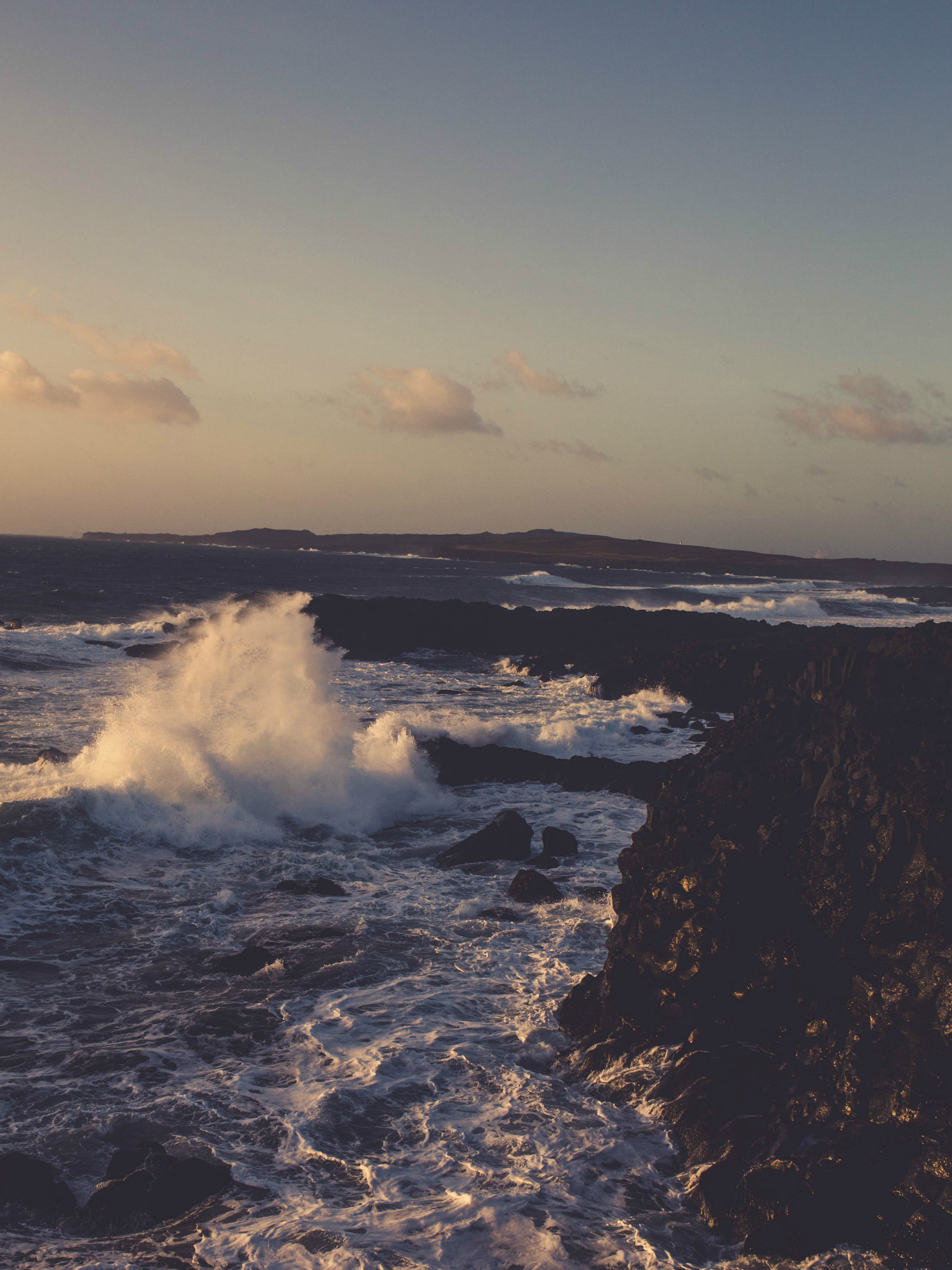
The next and last stop of the day would be Kleifarvatn - our favorite lake in entire Iceland. During sundown it guarantees you a view and scenery you won't forget that easily. Along the shore there are several possibilities to park your car - either at the small black beaches or up on the cliffs. It's the largest lake on the peninsula and it even used to be WAY bigger but decreased significantly during an earthquake several years ago when the ground opened up and the earth swallowed most of the water. Since it is located on the so called fissure zone of the Mid Atlantic Ridge and earthquakes are very common on Reykjanes and in that special area something like this might very well happen again one day. It is possible to walk around the entire lake but during wintertime the shortness on daylight and the unstable weather conditions most likely will cross such plans. Also, some parts are steep and even a little tricky to hike during summer so we would rather not recommend it. Anyways - it's really worth to drive along this beautiful lake, stop at one of the parking spaces and explore the surroundings at least a little. It's a great spot for pictures with the shimmering water and all the massive rock formations. They came to life during volcanic eruptions and got reshaped by earthquakes - so it's a very unique place.
That drive back to Reykjavik only takes up to 30 minutes. So you can enjoy the last rays of sunset on the road and then get ready for a great dinner (Reykjavik food guide coming soon) and hopefully some Northern Lights.
There is even more to see and explore on Reykjanes during summer, like hiking Keilir, the cone shaped mountain that you can even spot all the way from Reykjavik or sea kayaking on the western coast. Yep, you read correctly: sea kayaking. But that's all part of another story. :)
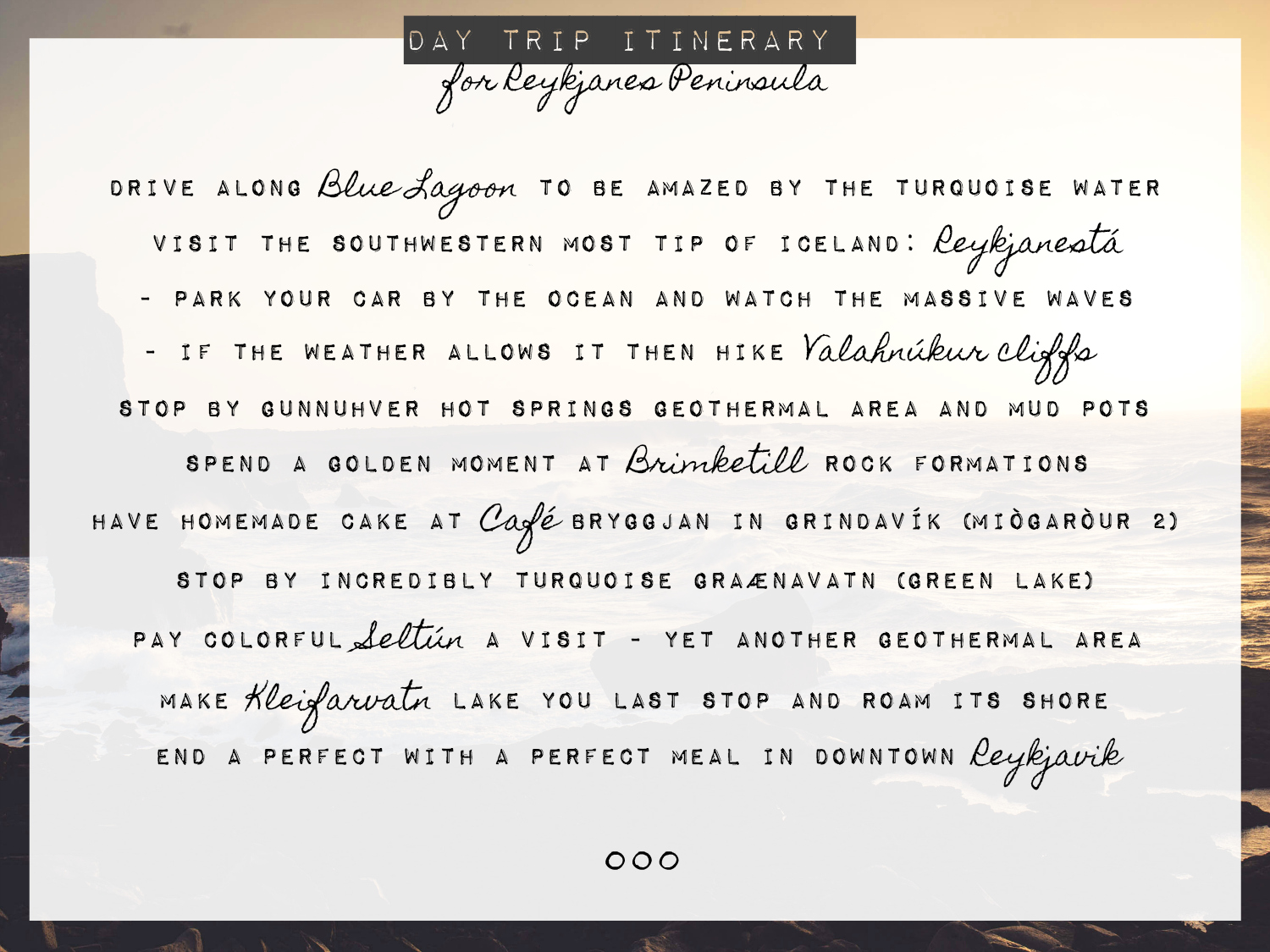
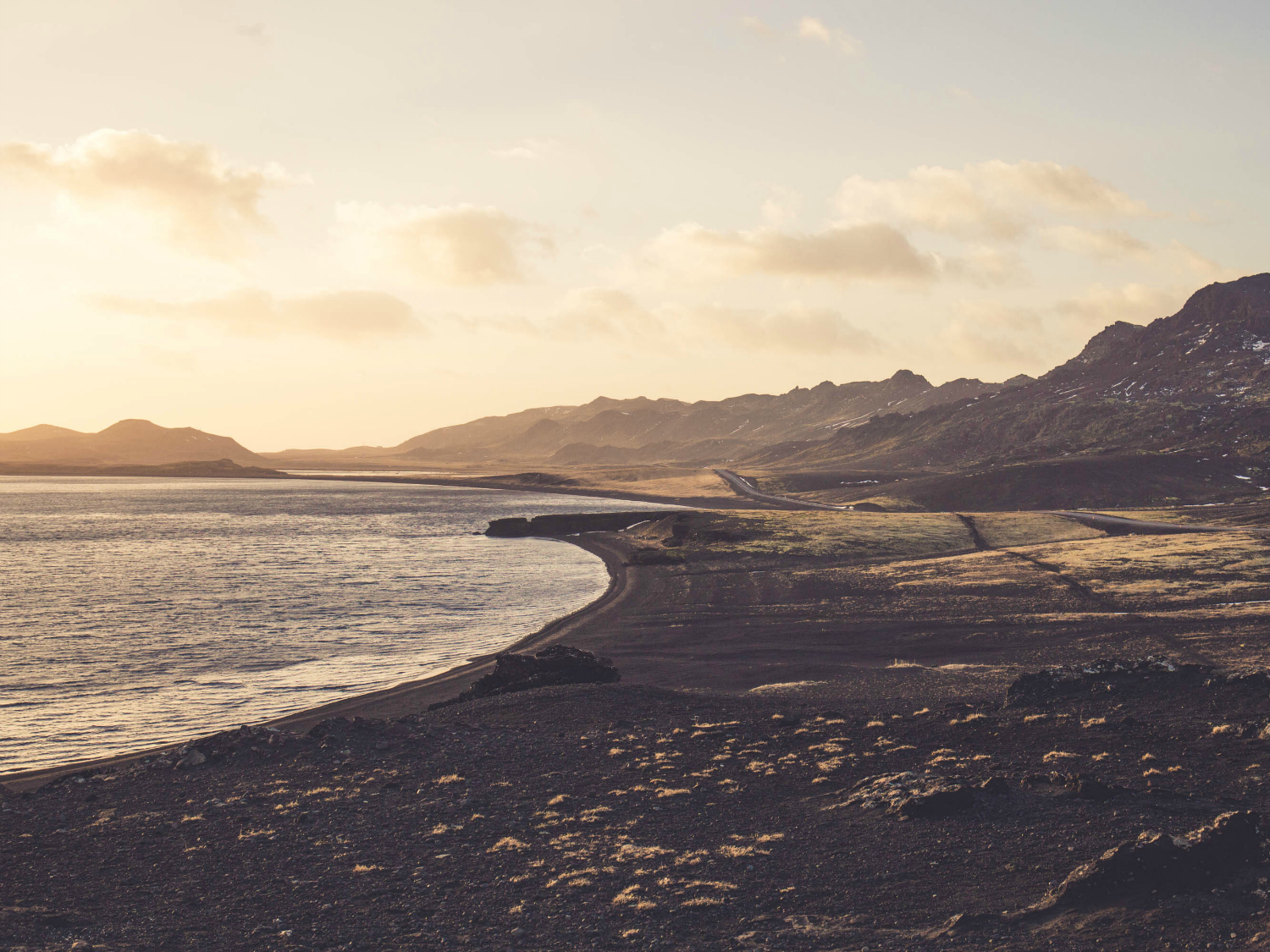
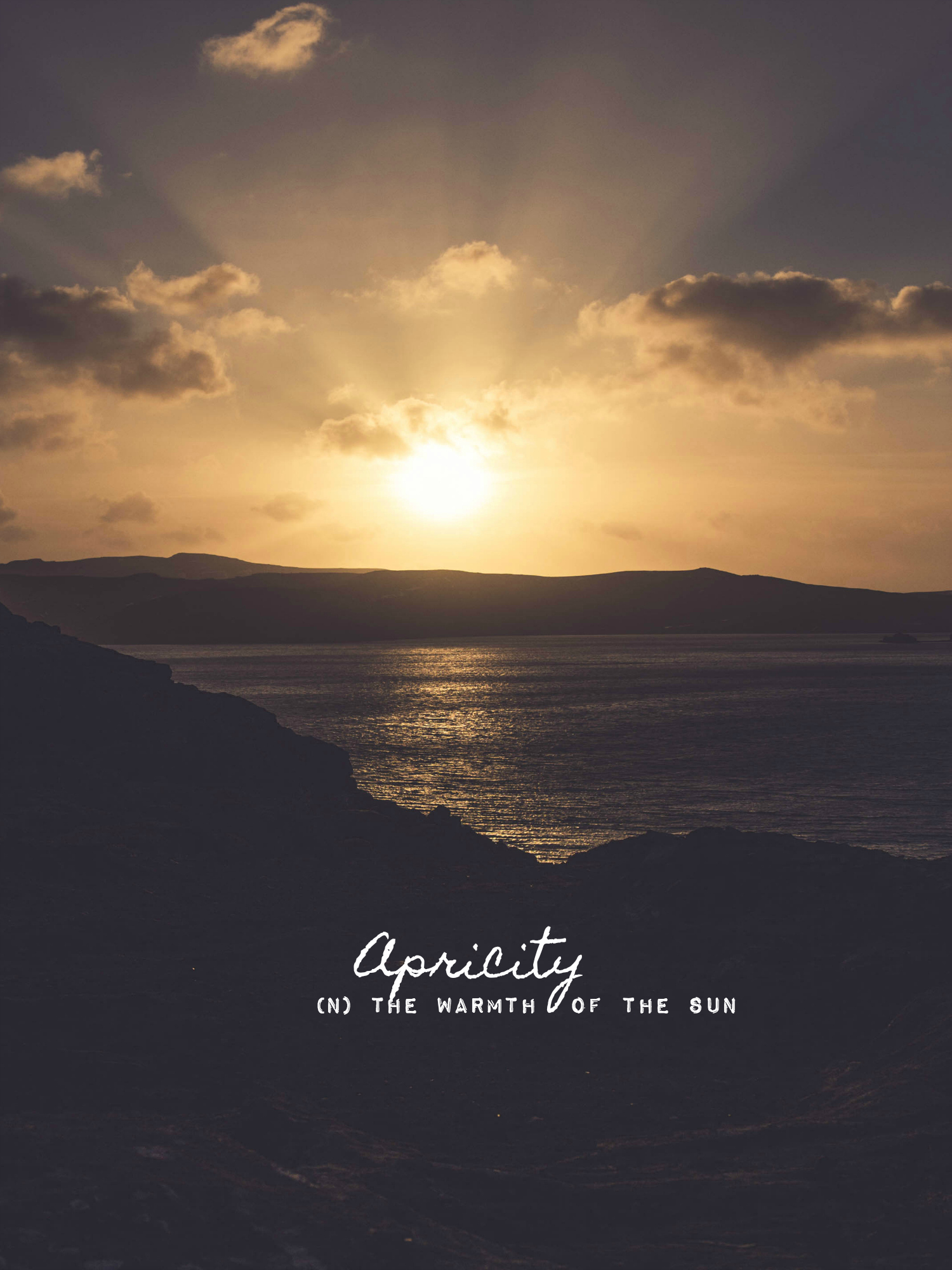
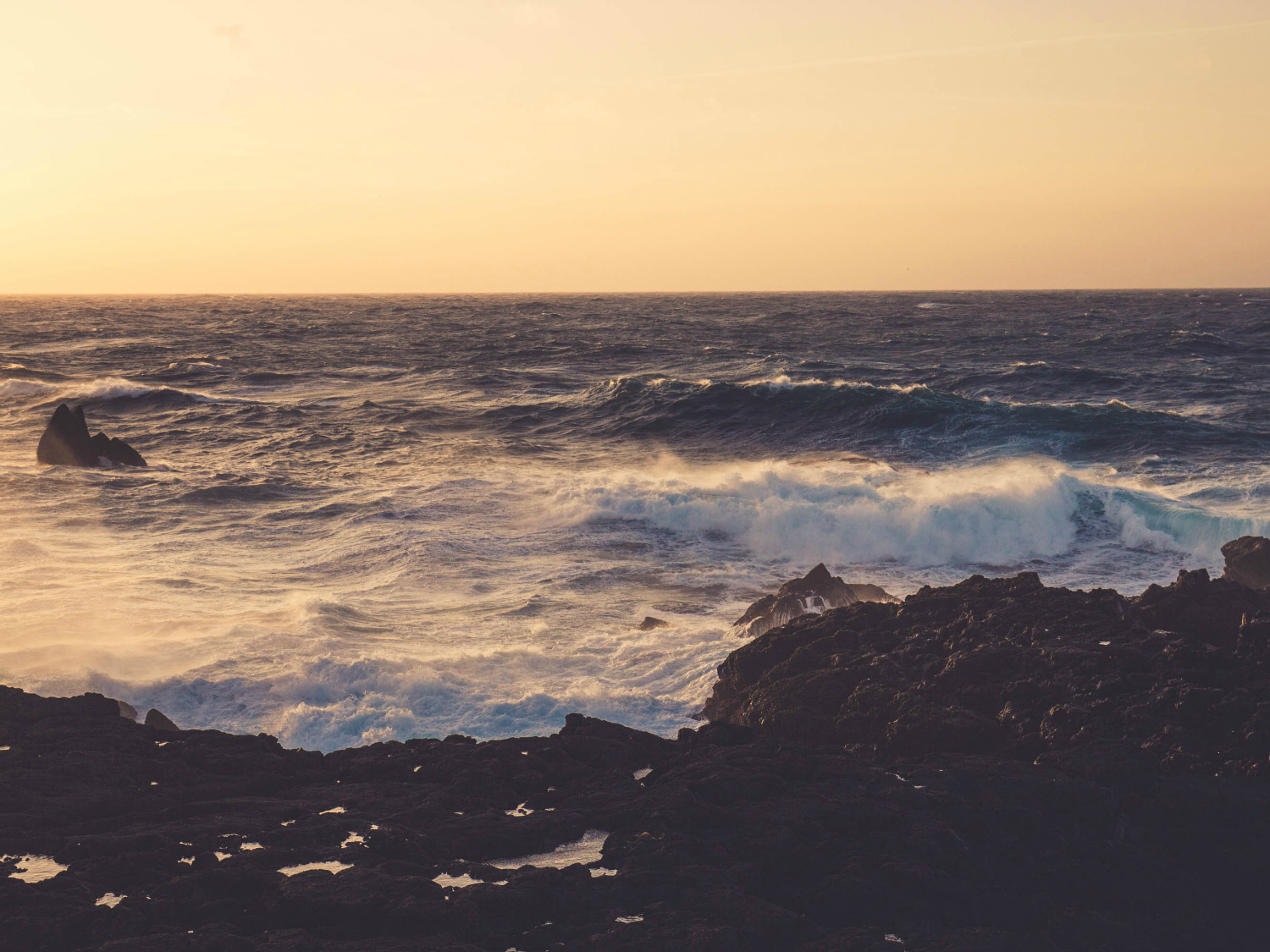
Follow on: Bloglovin - Facebook - Instagram - Pinterest - subscribe to Newsletter
DISCLAIMER: All items/clothes marked with an asterisk (*) are sponsored. This article might furthermore contain affiliate links. We may therefore receive commissions for purchases made through said links. Nevertheless, all tips and products shown and linked to are things we highly recommend. We will never put anything on Like A Riot that we haven’t verified and/or personally used. All paid posts are furthermore clearly marked as such.



